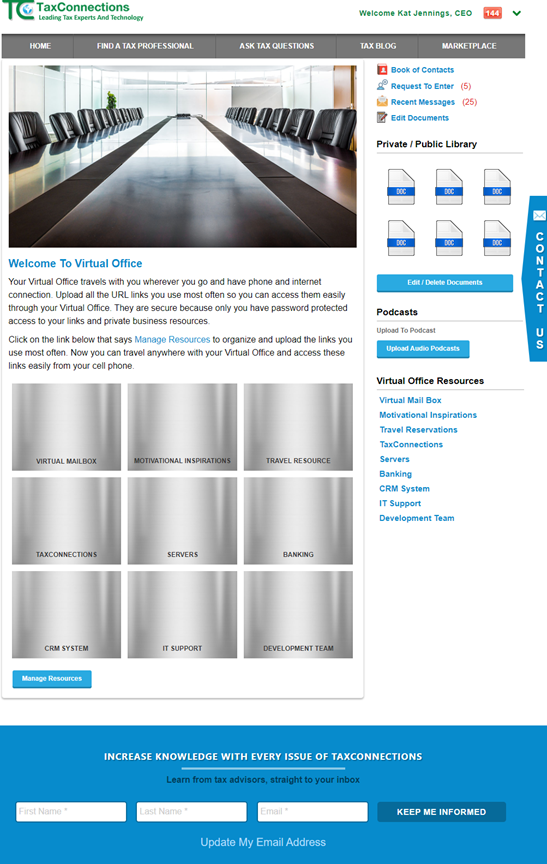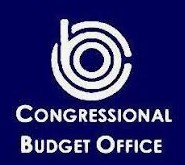
A nexus study and taxability review determine where a company might have state tax exposure and the extent of that exposure. We work with our clients to identify their activities in various states and analyze the types of transactions engaged in within those jurisdictions.
Determining exposure before a proposed acquisition is good business. We also assist in determining possible exposure before a state comes to audit. And finally, we bridge the gap with respect to financial statement disclosure.
As part of each project, we work with clients to answer the following types of questions:
- What is nexus?
- Do we have physical presence nexus?
- Do we have economic nexus?
- Is my product or service taxable?
- Are there any available exemptions (e,g, food or medical exemptions, sales to qualified non-profit entities)?
- Must I start collecting and remitting sales and use tax?
- I’ve collected tax from a given state and have not remitted it-what now?
Once we determine possible exposure, we assist clients in receiving maximum benefit from available amnesty programs, contract for voluntary disclosure agreements, work with their customers to determine if they have self-assessed taxes (and can therefore reduce exposure for our client) or simply document their exposure.





























Recent Comments